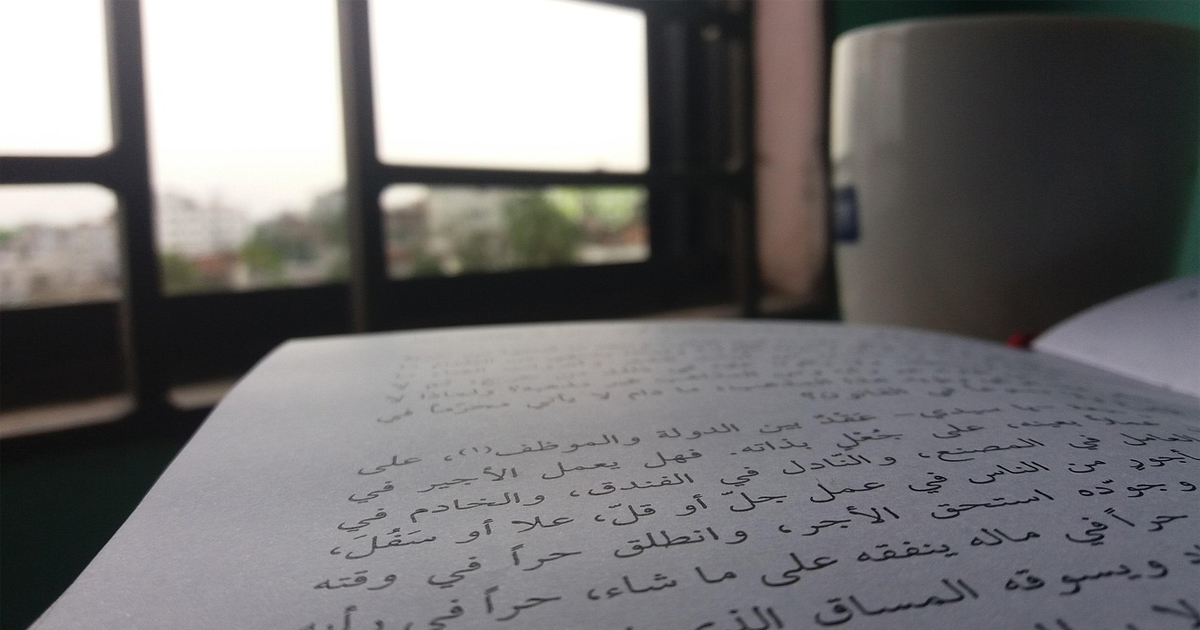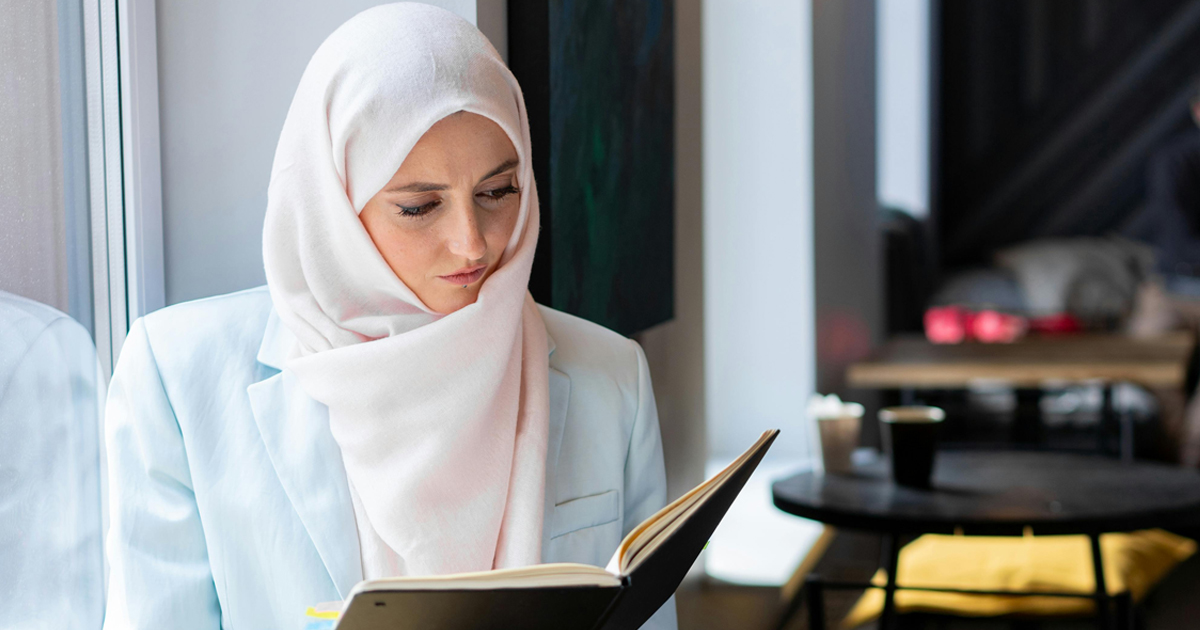Do you desire to learn the Arabic language? Arab Academy offers various online courses to support your journey to becoming an excellent Arabic speaker. You will learn all the Arabic alphabet, history, and characteristics.
The demand for people fluent in Arabic in the United States is quite high. According to the United Language Group, knowing Arabic will increase your odds of getting a well-paying job.
Arabic is also a common language around the globe — you won’t have problems when in Arabic countries. Learning the language can even help you understand Islam and Arab culture.
Here is a detailed discussion about the history of the Arabic alphabet as pointed by the Arab Academy.
Origin of the Arabic Language
Arabic has been around for more than 2,500 years. Historians believe that the Arabic language came from Arabian Peninsula.
Old Arabic was the beginning of Arabic dialects. Safaitic dialect is the earliest dialect in old Arabic, which the Syro-Arabian desert nomadic tribes used.
Classical Arabic came after Safaitic and other versions of old Arabic. Arabic historians track ancient Arabic back to Ya’rab. They believe that Ya’rab was the earliest speaker of old Arabic and a writer of several ancient Arabic literary materials.
The Arabic script uses several languages. Examples are Farsi, Sindhi, Urdu, and Arabi Malayalam.
Old Arabic had limited inscriptions, making it quite difficult for some people to use. Many modern Arabic inscriptions came after the birth of Islam.
The Arabic alphabets also became clearer and simpler after the new Arabic inscriptions. Later changes brought about the Arabic language evolution.
Evolution of the Arabic Language
The Arabic language has a long history of evolution. Arabic, Aramaic, and Hebrew belong to the same Sematic language family. Several changes have happened to the Arabic language since its origin.
Such changes have developed modern Arabic from standard Arabic. Standard Arabic and Quranic Arabic share similar case endings. The case endings are not available in the modern Arabic language.
Modern Arabic is much simpler than old-fashioned (standard) Arabic. The simplicity makes it easier for the modern world to grasp the modern Arabic alphabet.
Originally, standard Arabic was a bit ambiguous. The improvement of the Arabic letters with some ancillary signs made the Arabic language simpler. Modern Arabic simplicity continues to make the language popular in the real world.
The development of the Arabic dictionary is another significant change that happened. Six Arabic dictionaries were developed in the 10th century. The improvement presented a better Arabic vocabulary characterized by homonyms and synonyms.
Previously, only northern and central Arabian Peninsula traders used standard Arabic. Today, the number of modern Arabic dialects has significantly increased.
Egyptian Arabic stands out from other Arabic dialects. Unlike modern standard Arabic dialects, Egyptian Arabic has more vowels.
The popularity of Egyptian Arabic compared to other Arabic dialects also makes it unique. You’ll be better understood when you speak Egyptian Arabic than other Arabic languages.
At Arab Academy, we sharpen our learners’ Egyptian Arabic. We take our students to Cairo, Egypt, for a learning adventure. In Cairo, the students learn to read, speak, and comprehend Arabic instructions and vocabulary every day.
Differences Between Various Types of Arabic
The Arabic language comes in three categories. Major types of Arabic are Classical, modern standard, and Colloquial Arabic.
Several things differentiate the three versions of Arabic. Arabic historians also refer to Classical Arabic as Quranic Arabic. It is the Classical Arabic that gave birth to the Quran and Islam.
Unlike modern standard and colloquial Arabic, Classical Arabic has fewer words. The characteristic differentiates the context and vocabulary of Classical Arabic from the other two categories.
Classical Arabic has a similar sentence structure to the other two types of Arabic. Those wanting to understand the Quran better should consider learning Classical Arabic.
Modern Standard Arabic (MSA) was founded from Classical Arabic. Today, Arabic countries use MSA. Modern Standard Arabic creates understanding among people.
Unlike Classical Arabic, MSA has more modern words, vocabulary, and phrases. Learning MSA will give you an idea of what the Arab world looks like.
Colloquial Arabic comprises the Arabic dialects. Unlike other types of Arabic, colloquial Arabic differs from place to place. The accent and idioms of colloquial Arabic depend on the speaker’s country.
Common Arabic dialects are Egyptian, Peninsular, Sudanese, Andalusian, Maghrebi, and Levantine dialects. The expressions of various Arabic dialects (colloquial Arabic) can also vary. Simple and understandable grammatical structure characterizes colloquial Arabic.
At Arab Academy, we sharpen our students’ Arabic skills by teaching them three verions of Arabic: Modern Standard Arabic (MSA), Egpytian Colloquial, and Islamic Arabic. Both teens and adult students can take advantage of our courses.
Learn Arabic Alphabet Today
Understanding the history of the Arabic alphabet will help you know the growth of the Arabic language. Knowing how to speak Arabic may benefit your career considering the growing demand for people with Arabic speaking skills.
At Arab Academy, we have native Arab speakers teach our students the Arabic language. Our Arab online courses include Classical/Islam, colloquial, and standard Arabic. We are interactive to help the students develop exceptional Arab speaking and listening skills.







